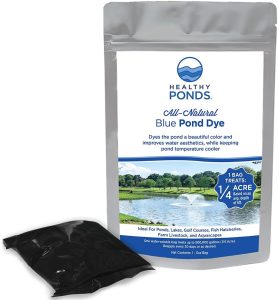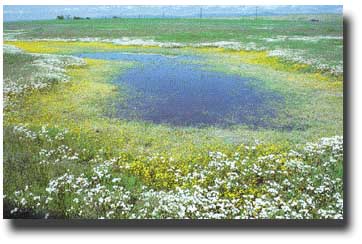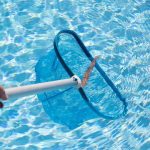Exploring the Beauty and Importance of Vernal Ponds
Vernal ponds are unique and fascinating ecosystems that play a crucial role in the environment. These temporary bodies of water form during the spring and early summer, providing a habitat for a diverse array of plant and animal species. In this article, we will delve into the definition of vernal ponds, their ecological significance, the life forms they support, and the conservation efforts aimed at protecting these valuable ecosystems.
You Can Keep Your Vernal Pond Clean By Using This

Defining Vernal Ponds
Vernal ponds, also known as ephemeral or seasonal ponds, are shallow, temporary bodies of water that typically form in low-lying areas. These ponds are primarily fed by snowmelt, rainfall, and rising groundwater levels, which contribute to their unique hydrology. One of the defining characteristics of vernal ponds is their cyclical nature, as they typically fill with water in the spring and dry up or significantly shrink during the summer or fall.
Ecological Significance
The ecological significance of vernal ponds cannot be overstated. These dynamic ecosystems provide critical habitat for a wide range of plant and animal species, many of which have adapted to the pond’s seasonal nature. Vernal ponds support a rich diversity of life, including amphibians, invertebrates, aquatic plants, and various species of waterfowl and other birds.
Life Forms in Vernal Ponds
You Can Keep Your Vernal Pond Clean By Using This

Vernal ponds are home to a fascinating array of life forms, each playing a unique role in the pond’s ecosystem. One of the most iconic inhabitants of vernal ponds is the amphibian, which relies on these temporary bodies of water for breeding and early development. Species such as wood frogs, spotted salamanders, and fairy shrimp are commonly found in vernal ponds, where they lay eggs and undergo various stages of their life cycle.
In addition to amphibians, vernal ponds support a diverse community of invertebrates, including aquatic insects, crustaceans, and snails. These small but essential creatures contribute to the pond’s food web and serve as a vital food source for other organisms. Furthermore, vernal ponds provide a habitat for a variety of aquatic plants, such as cattails, water lilies, and submerged vegetation, which play a crucial role in stabilizing the pond’s ecosystem and providing shelter for aquatic life.
Conservation of Vernal Ponds
Despite their ecological importance, vernal ponds are increasingly threatened by human activities, including urban development, agriculture, and pollution. As a result, many of these unique ecosystems are at risk of being lost or degraded, along with the plant and animal species that depend on them.
Conservation efforts aimed at protecting vernal ponds have become increasingly important in recent years. These efforts include the identification and mapping of vernal ponds, the implementation of regulations and policies to safeguard these habitats, and the restoration of degraded or destroyed vernal ponds. Additionally, public education and outreach play a crucial role in raising awareness about the value of vernal ponds and the need to conserve them for future generations.
Conclusion
In conclusion, vernal ponds are remarkable and invaluable ecosystems that deserve our attention and protection. From their seasonal hydrology to the diverse array of life they support, these temporary bodies of water contribute significantly to the overall health and biodiversity of our environment. By understanding the ecological significance of vernal ponds and supporting conservation efforts, we can ensure that these unique habitats continue to thrive and provide a home for a rich diversity of plant and animal species for generations to come.





